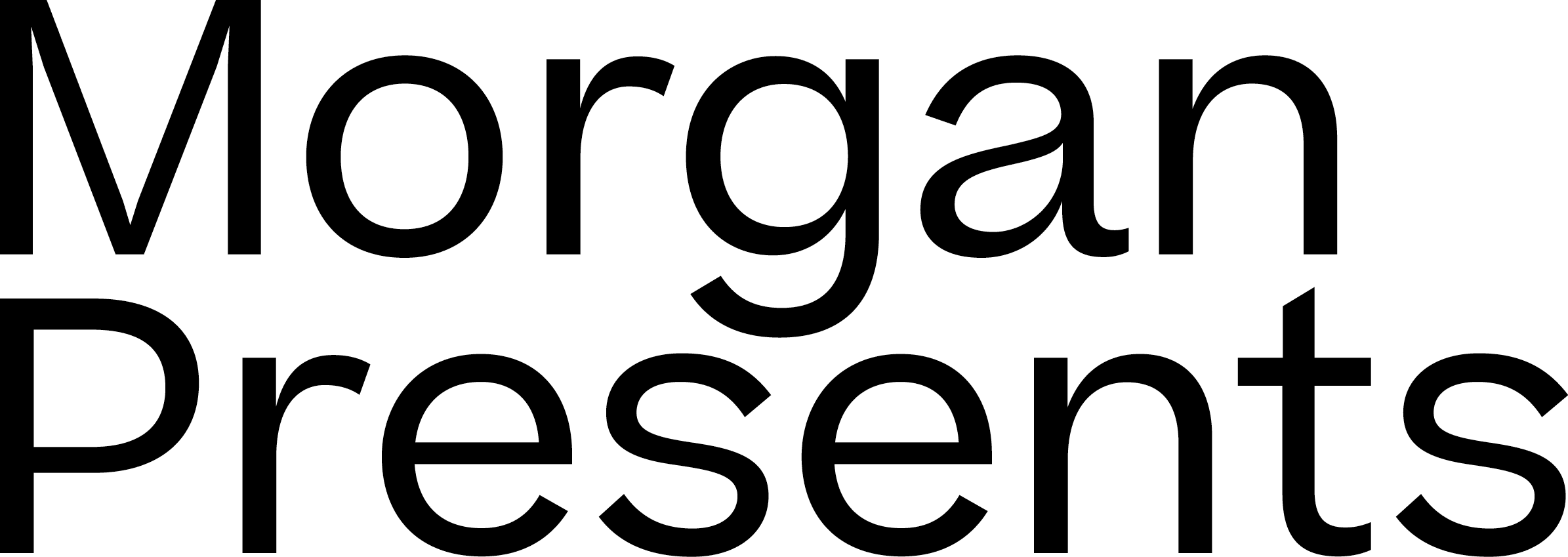Cindy Sherman
Gerhard Richter
Jana Euler
Jörg ImmendorffRobert De Niro Sr.
Rudolf Stingel
Wade Guyton
Making Reference extends the dialogue initiated by Taking Form. While the prior exhibition isolated mark making as the physical basis for the construction of form, Making Reference endeavors to recontextualize artistic imagination as the product of both social and art historical traditions—rather than conceiving imagination as purely self-substantiating, generated from an isolated artistic genius. Artistic imagination is instead grounded in visual contexts, engaged in a call and response with the cultural traditions that precede it and shaped by the environment and lived experience of the maker. Artists conceive of ideas while existing in a milieu, cognizant of a history and community they belong to—these ideas do not emerge a priori.
By identifying a relationship between imagination and influence, we can trace a lineage of dialogue throughout the artworks in the exhibition. A common referencing of Italian art history and architecture emerges between Cindy Sherman’s figurative portrait and Rudolf Stingel’s patterned painting. Influenced by Italian Quattrocento profile portraits, Sherman’s photograph transforms and inverts the tradition of marriage portraiture through her use of prosthetics and props sourced locally in Rome’s Trastevere district. It is conceivable that the original source image for Sherman’s history portrait may well have been installed atop the Baroque wallpaper that in turn captured Stingel’s eye. Stingel shifts our attention away from the framed masterpiece towards its surroundings in both content and form: through his use of a stencil, he elevates not only this commercial instrument but also wallpaper itself, from the decorative realm to that of painting.
While Jana Euler’s Morecorn I strikes us as an absurd, fantastical invention, we must recall that throughout the long visual history of unicorns—from Albrecht Dürer to Damien Hirst—that these were never creatures observed in nature. Unicorns, however, feel as certain and grounded in our visual culture as the Woolly Mammoth or Tyrannosaurus Rex.
Gerhard Richter’s 930-2 Strip belongs to a larger series derived from the artist’s Abstraktes Bild (724-4) of 1990. Richter’s Strips appear both radically new and yet comfortably situated within the artist’s extensive painting practice—this familiarity derives from their self-referential essence. To create this body of work, Richter digitally split his 1990 painting 12 times to create 4096 parallel sequences, which he then cut and assembled into the larger Strips. Through this self-referential recursive action, the original painting is rendered visually unrecognizable while remaining materially integral to the process of creating the new work.
Jörg Immendorff’s allegorical painting Kampfbiene grapples with the social and political realities of the embarkation of German reunification. Figures such as Karl Marx sit at a table eating bread, while the painter is on the move, a paint brush protruding from his suitcase—further implicating Immendorff in the artwork’s political narrative.
Artists are shaped by the world, politics and times they inhabit; they assimilate these conditions to extend upon preexisting visual, historical and cultural traditions. It is not the conceit of this exhibition to denigrate nor deny the value of artistic imagination, but rather to dislocate it from any celestial realm and welcome it into our lives and homes—to assert that imagination is inseparable from influence.

